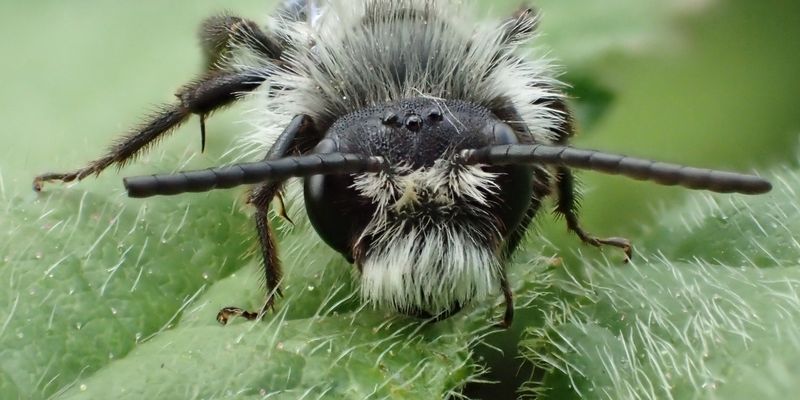Data use
Agricultural intensification—the main driver of wild bee decline
Published 10/26/2021
Exploring 70 years of wild bee data in Belgium, study describes declines in occupancy and activity, likely driven by changes in land-use

Drivers of global change, including climate warming, urbanization and agricultural intensification, affect abundance, distribution and activity of many species worldwide.
In this study, researchers examined how drivers of global change affect biodiversity from individual species to species assemblages by exploring 70 years of data of more than 200 bee species in Belgium.
They discovered that occupancy had decreased on average by 33 per cent and that bees were active earlier in the year. Overall, the flight period started nine days earlier, but the duration was shortened by 15 days. The distributions of more than 60 per cent of species had decreased.
Turning to traits, including two temperature indices calculated using GBIF-mediated occurrences combined with bioclimatic data, the authors found that species in southern Belgium advanced their flight period more than species in the north. The social behaviour and size of bees were also associated with trends in both occupancy and flight dates.
The study concludes that the main driver behind the decline of bee populations is changes in land use, not climate, with agricultural intensification being the main culprit.